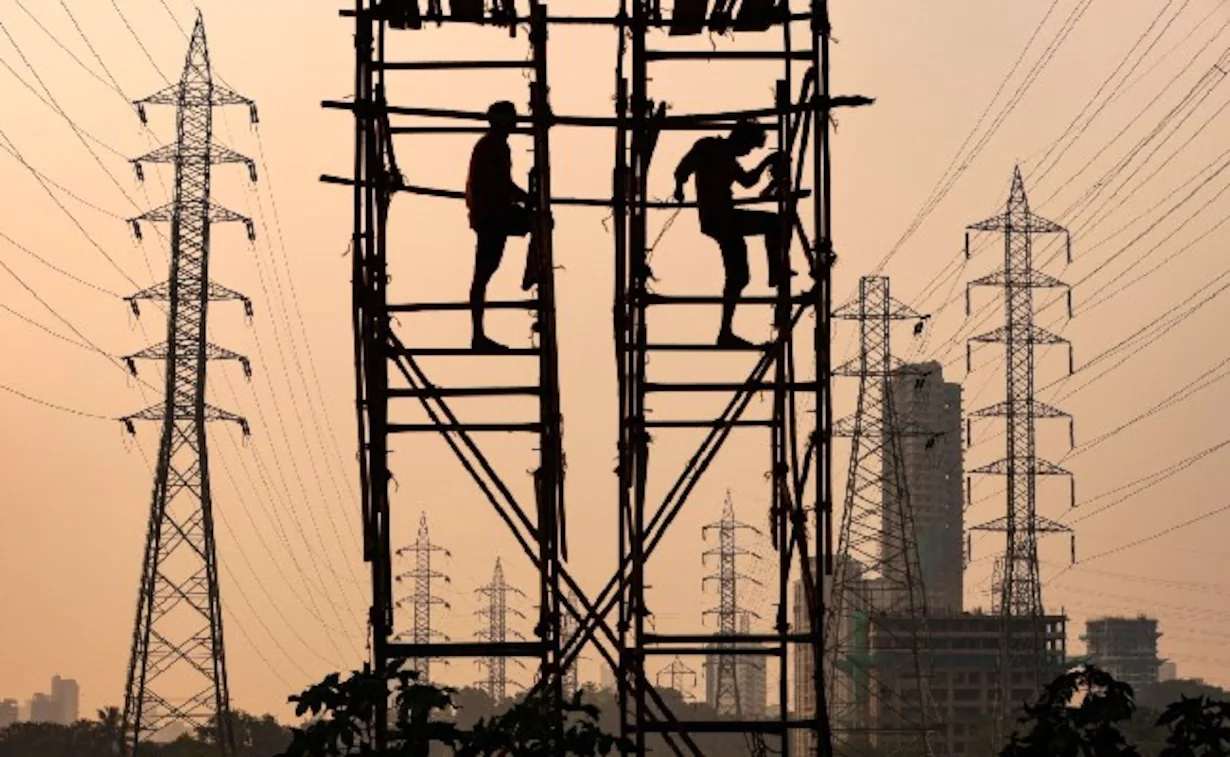India witnessed its steepest decline in hydroelectricity output in at least 38 years during the fiscal year ended March 31, according to a Reuters analysis of government data. The significant drop of 16.3 percent in generation from hydroelectric sources came as erratic rainfall patterns forced increased reliance on coal-fired power plants amidst higher demand.
This decline coincided with a reduction in the share of renewables in India’s power generation for the first time since Prime Minister Narendra Modi’s commitments to boost solar and wind capacity at the United Nations climate talks in Paris in 2015. The contribution of renewables to India’s power output decreased from 11.8 percent to 11.7 percent during the fiscal year, as per Reuters’ analysis of daily load despatch data from Grid-India, the federal grid regulator.
Hydroelectricity’s share in India’s total power output plummeted to a record low of 8.3 percent during the fiscal year, according to Grid-India data, compared to an average of 12.3 percent in the previous decade. This decline reflects a broader trend of diminishing hydroelectricity contribution amid a slowdown in capacity expansion, with coal, solar, and wind energy sources gaining prominence.
The scarcity of rainfall since 2018 led to reduced water levels in reservoirs, resulting in a five-year low of 146 billion kilowatt-hours (kWh) of hydro generation. In contrast, power generation from coal and lignite surged by 13.9 percent in the same period, outpacing the increase in renewable sources’ output by 9.7 percent, as per grid regulator data.
India’s failure to meet its 2022 target of installing 175 gigawatts (GW) of renewable energy has exacerbated its dependence on fossil fuels, reaching a five-year high of 77.2 percent in 2023/24. Despite this, the addition of renewables slowed to a five-year low in 2023.
Globally, hydroelectric output experienced a rare decline, attributed to lower rainfall and warmer temperatures associated with the El Nino weather pattern. India, the sixth-largest hydropower producer, witnessed a much faster decline in hydro output compared to the global average, according to data from the energy think tank Ember.



